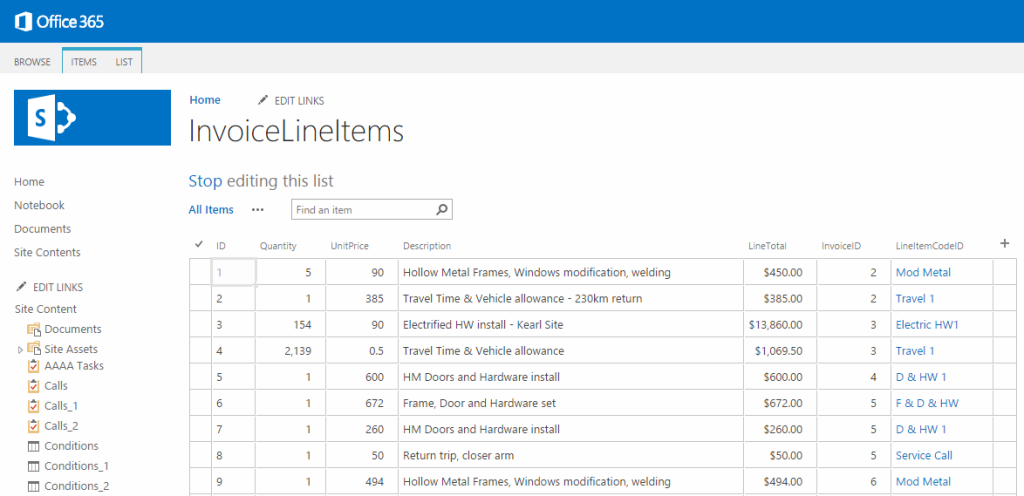Microsoft Access Repair Services
In today’s fast-paced business environment, data management and integrity are paramount. Microsoft Access is a powerful database management tool used by countless organizations to streamline their data operations. However, like any software, it can encounter issues that lead to database corruption, loss of data, or performance problems. When such issues arise, you need reliable Microsoft Access repair services to restore your database to its optimal state. At AccessDeveloper.net, we specialize in providing top-notch Microsoft Access Repair solutions tailored to meet the unique needs of your business.

Microsoft Access Repair Services
When you choose AccessDeveloper.net for your Microsoft Access repair needs, you’re opting for a comprehensive approach.
Microsoft Access Specialist Stories

MS Access QuickBooks Integration
allows businesses to seamlessly connect their Microsoft Access databases with QuickBooks accounting software. This integration enables the automatic transfer of financial data between the two systems, streamlining accounting processes, reducing manual data entry, and improving overall efficiency. It’s ideal for businesses looking to enhance productivity by synchronizing their data across platforms.

Move MS Access Database Online with Sharepoint
For businesses using SharePoint, MS Access can integrate with it, allowing for better collaboration and data sharing across teams.

Database Design and Optimization
We start by designing a robust database structure that organizes your data efficiently. AccessDeveloper.net ensures optimal performance by creating proper relationships between data sets, streamlining operations, and enhancing data accessibility.

Reporting and Analytics Customization
MS Access allows for the creation of custom reports and analytics dashboards that provide insights into your business. These reports can be automated and customized to meet specific data needs. This data was made for clinical reporting.
GET A FREE QUOTE CONTACT US TODAY!
If you’re facing issues with your Microsoft Access database, don’t hesitate to reach out to us at AccessDeveloper.net. Our team is ready to assist you with our specialized Microsoft Access repair services. Let us help you restore your database and ensure its optimal performance.
Call, email, or send the contact form and a Senior Programmer will be there for you.
435-625-0300
- Free quote for your project
- Consulting rate: $90/hr
- Minimum charge: one hour or $90
- Senior Experts based in the U.S.
- Satisfaction Guaranteed
- Same day response
